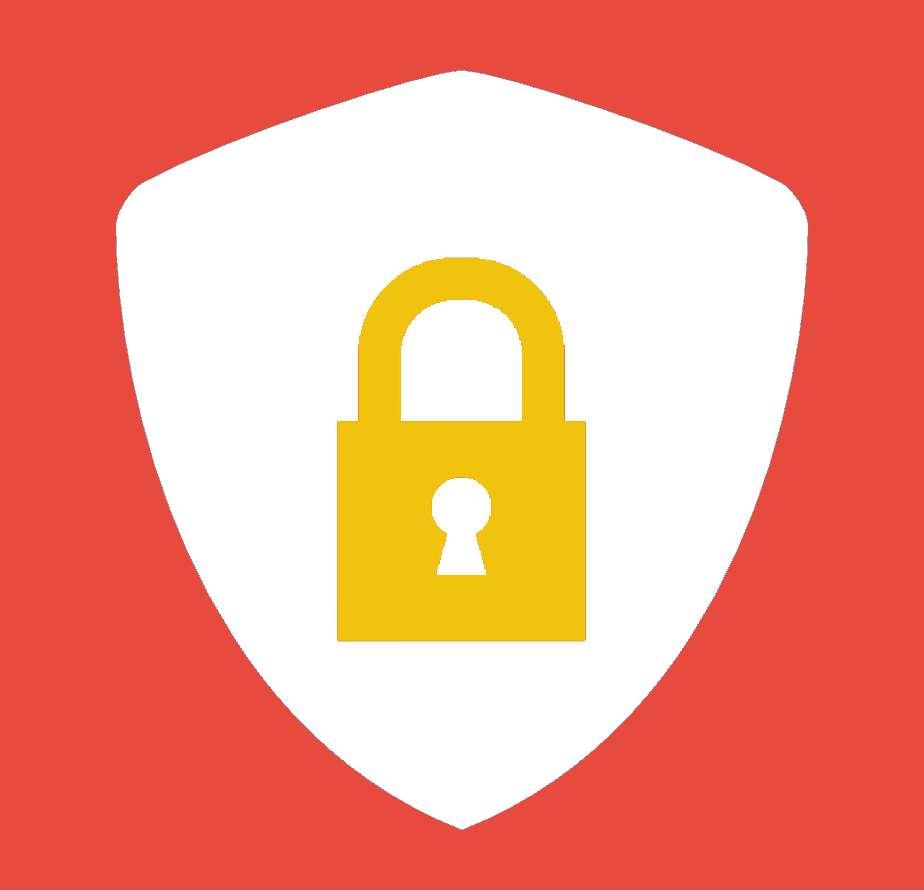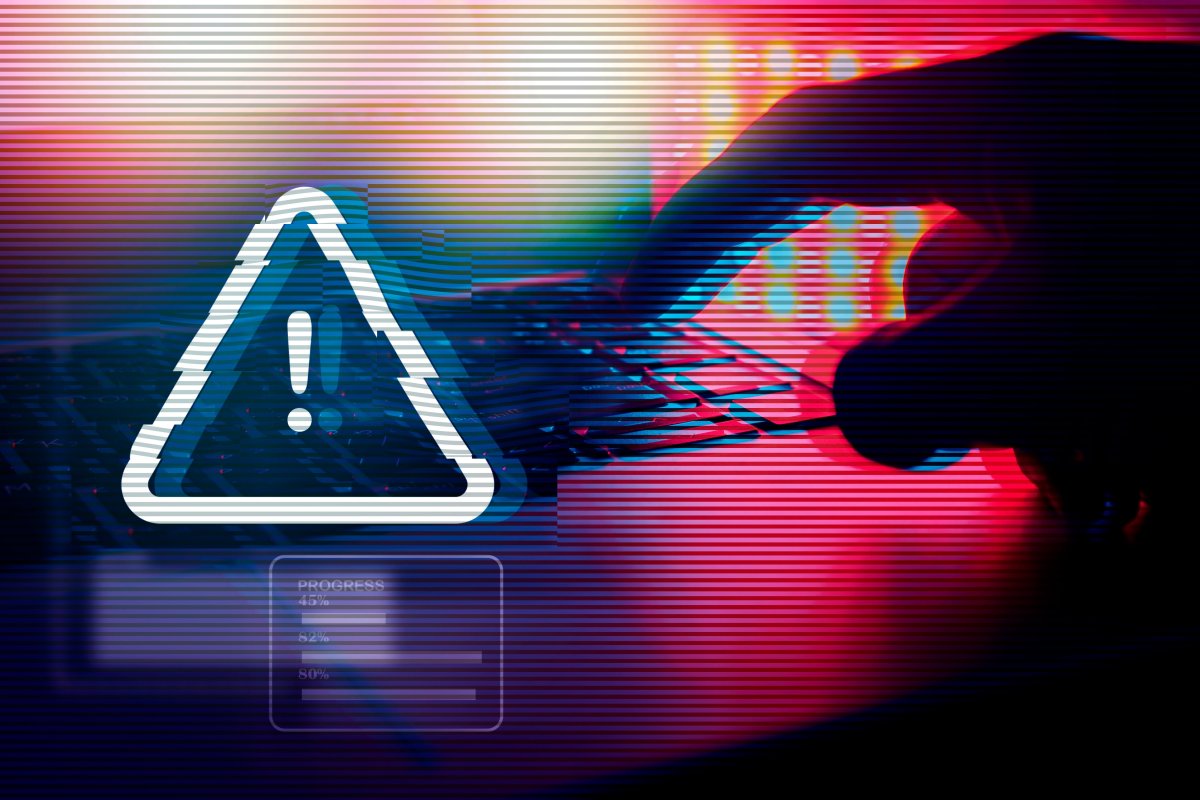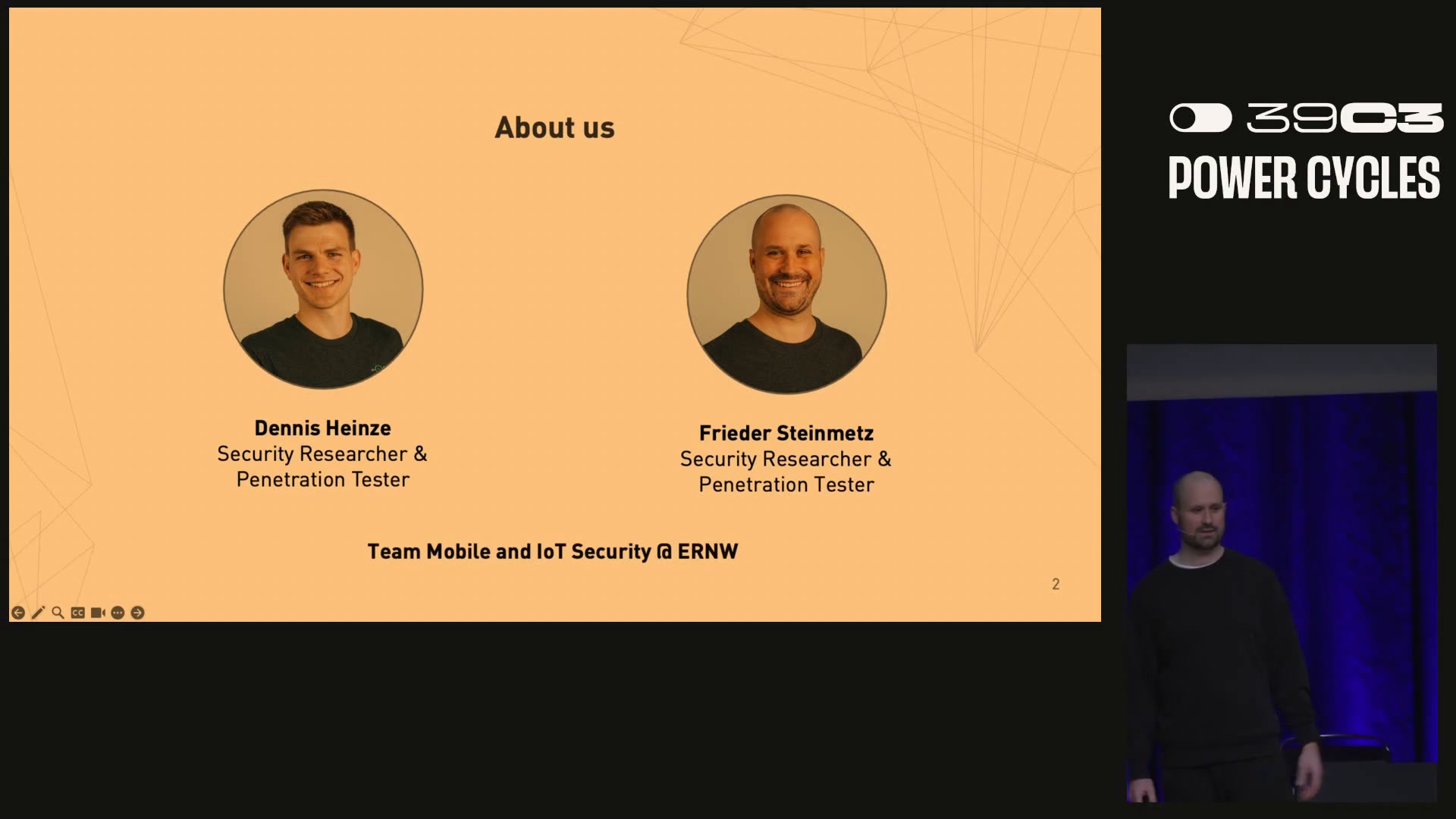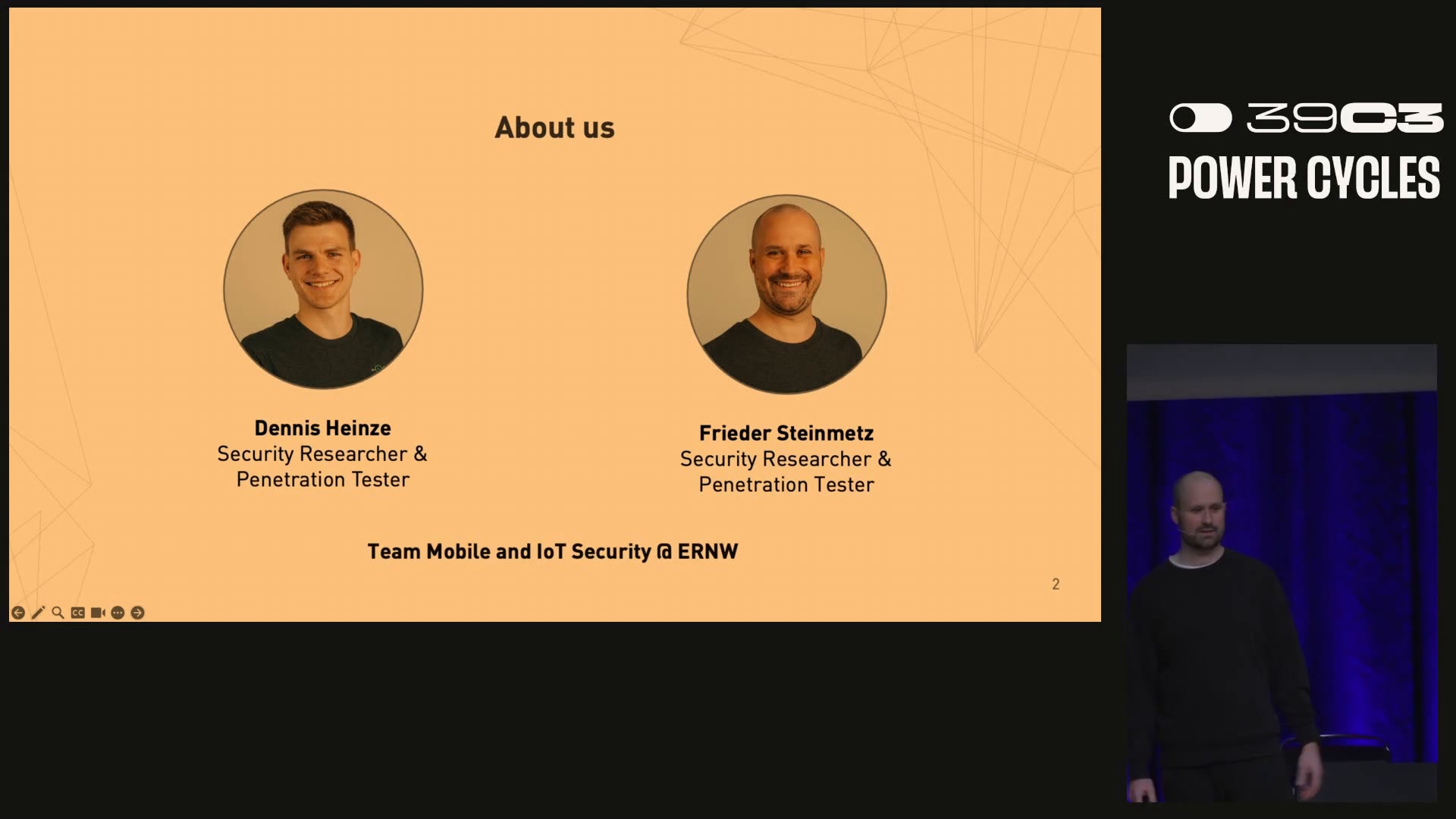Arthur Besse
cultural reviewer and dabbler in stylistic premonitions
- 388 Posts
- 790 Comments

 4·7 days ago
4·7 days agothe fact that they know your plate number is different than knowing if you (or someone) queried a website about which police queried flock about it

 20·7 days ago
20·7 days agoreposting my comment from the thread yesterday:
reposting my comment in a thread last month about this:
in b4 haveibeenhaveibeenflocked.
they have a list of their current collection of 239 .csv files but sadly don’t appear to let you actually download them to query offline
they now have 519 sources, some of which are downloadable from muckrock but many aren’t.
i still don’t understand why this website isn’t open source and open data, and i strongly recommend thinking carefully about it (eg, thinking about if you’d mind if the existence of your query becomes known to police and/or the public) before deciding if you want to type a given plate number in to it.

 18·8 days ago
18·8 days agonumerous professions are far more dangerous than being a cop. there are well over 700k cops in the US and only around 150 die each year (except during the pandemic when covid killed an extra thousand or so).

 9·8 days ago
9·8 days agoalso, reposting my comment in a thread last month about this:
in b4 haveibeenhaveibeenflocked.
they have a list of their current collection of 239 .csv files but sadly don’t appear to let you actually download them to query offline
they now have 519 sources, some of which are downloadable from muckrock but many aren’t.
i still don’t understand why this website isn’t open source and open data, and i strongly recommend thinking carefully about it (eg, thinking about if you’d mind if the existence of your query becomes known to police and/or the public) before deciding if you want to type a given plate number in to it.

 32·12 days ago
32·12 days ago

 12·13 days ago
12·13 days ago

 21·13 days ago
21·13 days agoIt’s very clear from the video that she never hit him and he shot her in the face while she was going less than 5mph.
in this grainy video the ny post is choosing to show without the others, i’d say it is somewhat less than very clear what happened. but it becomes very clear when you see this side by side with the other videos from much closer by.
the new york times has a good video which includes this one and others here (and unlike many things there it is not paywalled)
it is:
- https://memory-alpha.fandom.com/wiki/Antideuterium
- https://memory-alpha.fandom.com/wiki/Deuterium
- https://memory-alpha.fandom.com/wiki/Deuterium_cartridge
- https://memory-alpha.fandom.com/wiki/Deuterium_control_conduit
- https://memory-alpha.fandom.com/wiki/Deuterium_injection_subsystem
- https://memory-alpha.fandom.com/wiki/Deuterium_filter
- https://memory-alpha.fandom.com/wiki/Deuterium_poisoning
- https://memory-alpha.fandom.com/wiki/Deuterium_stream_coil
- https://memory-alpha.fandom.com/wiki/Deuterium_tank
- https://memory-alpha.fandom.com/wiki/Tritium
- https://memory-alpha.fandom.com/wiki/Tritium_intermix
https://www.marathonfusion.com/alchemy.pdf
https://thebsdetector.substack.com/p/government-funded-alchemy
tldr from that blog's assessment:
First, the researchers have a high degree of credential credibility. […] These are very much not software engineers who think they’ve solved alchemy after talking with ChatGPT for a year or something.
[…]
Optimistically, in my mind this leaves about 10% odds that fusion energy becomes commercialized or at least piloted over the next couple decades and Marathon Fusion’s approach for the alchemical production of gold becomes a meaningful consideration for these fusion plants! That’s pretty high, and implies a high value for continuing to research this technology, even if not necessarily for Marathon Fusion specifically. Manifold [a prediction market] traders are giving this proposition (“Artificially produced gold on a significant scale by 2035?”) ~20% odds, which likely reflects the discount rate on a market that only resolves in 10 years, although it also leaves room for other potential methodologies for gold production (presumably also through fusion energy but who knows).
[…]
Oh ya, this Gold is Radioactive

 5·13 days ago
5·13 days agoYou’re confusing Rep. Robin Kelly with Sen. Mark Kelly.

 4·13 days ago
4·13 days agoeasier to create a “guest” network to connect those appliances to
I guess you missed my earlier comment in this thread; to reiterate: some devices will now get online via your neighbors’ devices even if you don’t give them wifi access.

 5·13 days ago
5·13 days agoHow to remove the bot flag ?
In the web interface, click your username, then settings, then uncheck the “bot account” checkbox, and click save.
Maybe because I use VPN. Reddit doesn’t allow VPN and lemmy too
the lemmy instance you’re using does allow VPNs.

 11·13 days ago
11·13 days agoJust… don’t connect them to the internet? Or if you must connect them for dumb shit like system updates, put them behind some access control where the only access they have is the server they get updates from.
I regret to inform you that preventing devices from getting online is getting more difficult: three years ago Amazon began allowing other companies’ products to use their BLE-and-LoRa-based mesh network to get online via your neighbors’ internet-connected devices.
that little triangle means you need to click on the the text in the comment to read the rest of it, because it’s wrapped in a spoiler tag. also fyi you can search twitter without a login using xcancel.com; it takes much less than 5 minutes to do so.

 62·14 days ago
62·14 days agoI’m going to need you to drop a source that will take me less than five minutes to understand
that sounds like sealioning 🤡 but i'll bite, once:
are you asking for evidence that lunduke is queerphobic, or that the rust community has a disproportionate number of queer people in it?
or, do you acknowledge both of those things, and are actually suggesting that lunduke’s vehement opposition to rust could maybe conceivably be entirely coincidental and perhaps he dislikes it for purely technical reasons? 😂
in any case, i’m not going to link to lunduke but i just checked and confirmed that (as i assumed) if you simply search his twitter for the word rust you can find many tweets (and i only went back a month) where he is in fact complaining about people being queer.

 9·14 days ago
9·14 days agojust post it on lemmy world as a meme, copypaste a comment that makes the code better along with the original code into the AI agent
I’m curious if you succeeded with this approach here - have you gotten your LLM to produce a bash function which you can use without needing to understand how to specify an ffmpeg filename pattern yet?
btw, if want to try learning the old-fashioned way, have a look at
man ffmpeg-formatswhere you can find perhaps-useful information like this:segment, stream_segment, ssegment Basic stream segmenter. This muxer outputs streams to a number of separate files of nearly fixed duration. Output filename pattern can be set in a fashion similar to image2, or by using a "strftime" template if the strftime option is enabled. "stream_segment" is a variant of the muxer used to write to streaming output formats, i.e. which do not require global headers, and is recommended for outputting e.g. to MPEG transport stream segments. "ssegment" is a shorter alias for "stream_segment". Every segment starts with a keyframe of the selected reference stream, which is set through the reference_stream option. Note that if you want accurate splitting for a video file, you need to make the input key frames correspond to the exact splitting times expected by the segmenter, or the segment muxer will start the new segment with the key frame found next after the specified start time. The segment muxer works best with a single constant frame rate video. Optionally it can generate a list of the created segments, by setting the option segment_list. The list type is specified by the segment_list_type option. The entry filenames in the segment list are set by default to the basename of the corresponding segment files. See also the hls muxer, which provides a more specific implementation for HLS segmentation. Options The segment muxer supports the following options: [...]From the
image2section, here is how the filename pattern works:sequence Select a sequence pattern type, used to specify a sequence of files indexed by sequential numbers. A sequence pattern may contain the string "%d" or "%0Nd", which specifies the position of the characters representing a sequential number in each filename matched by the pattern. If the form "%d0Nd" is used, the string representing the number in each filename is 0-padded and N is the total number of 0-padded digits representing the number. The literal character '%' can be specified in the pattern with the string "%%". If the sequence pattern contains "%d" or "%0Nd", the first filename of the file list specified by the pattern must contain a number inclusively contained between start_number and start_number+start_number_range-1, and all the following numbers must be sequential. For example the pattern "img-%03d.bmp" will match a sequence of filenames of the form img-001.bmp, img-002.bmp, ..., img-010.bmp, etc.; the pattern "i%%m%%g-%d.jpg" will match a sequence of filenames of the form i%m%g-1.jpg, i%m%g-2.jpg, ..., i%m%g-10.jpg, etc.And btw, the
ffmpeg-formatsmanual does also include examples:Examples • Remux the content of file in.mkv to a list of segments out-000.nut, out-001.nut, etc., and write the list of generated segments to out.list: ffmpeg -i in.mkv -codec hevc -flags +cgop -g 60 -map 0 -f segment -segment_list out.list out%03d.nut • Segment input and set output format options for the output segments: ffmpeg -i in.mkv -f segment -segment_time 10 -segment_format_options movflags=+faststart out%03d.mp4 • Segment the input file according to the split points specified by the segment_times option: ffmpeg -i in.mkv -codec copy -map 0 -f segment -segment_list out.csv -segment_times 1,2,3,5,8,13,21 out%03d.nut • Use the ffmpeg force_key_frames option to force key frames in the input at the specified location, together with the segment option segment_time_delta to account for possible roundings operated when setting key frame times. ffmpeg -i in.mkv -force_key_frames 1,2,3,5,8,13,21 -codec:v mpeg4 -codec:a pcm_s16le -map 0 \ -f segment -segment_list out.csv -segment_times 1,2,3,5,8,13,21 -segment_time_delta 0.05 out%03d.nut In order to force key frames on the input file, transcoding is required. • Segment the input file by splitting the input file according to the frame numbers sequence specified with the segment_frames option: ffmpeg -i in.mkv -codec copy -map 0 -f segment -segment_list out.csv -segment_frames 100,200,300,500,800 out%03d.nut • Convert the in.mkv to TS segments using the "libx264" and "aac" encoders: ffmpeg -i in.mkv -map 0 -codec:v libx264 -codec:a aac -f ssegment -segment_list out.list out%03d.ts • Segment the input file, and create an M3U8 live playlist (can be used as live HLS source): ffmpeg -re -i in.mkv -codec copy -map 0 -f segment -segment_list playlist.m3u8 \ -segment_list_flags +live -segment_time 10 out%03d.mkvIt is actually possible to figure out how to do this and many other ffmpeg tasks even without internet access :)

 171·14 days ago
171·14 days agoit’s not obvious but, i’m pretty sure this meme (and its creator’s vehement opposition to rust) is in fact substantially motivated by queerphobia.






















maybe this helps? (via a comment in my previous post of this meme)